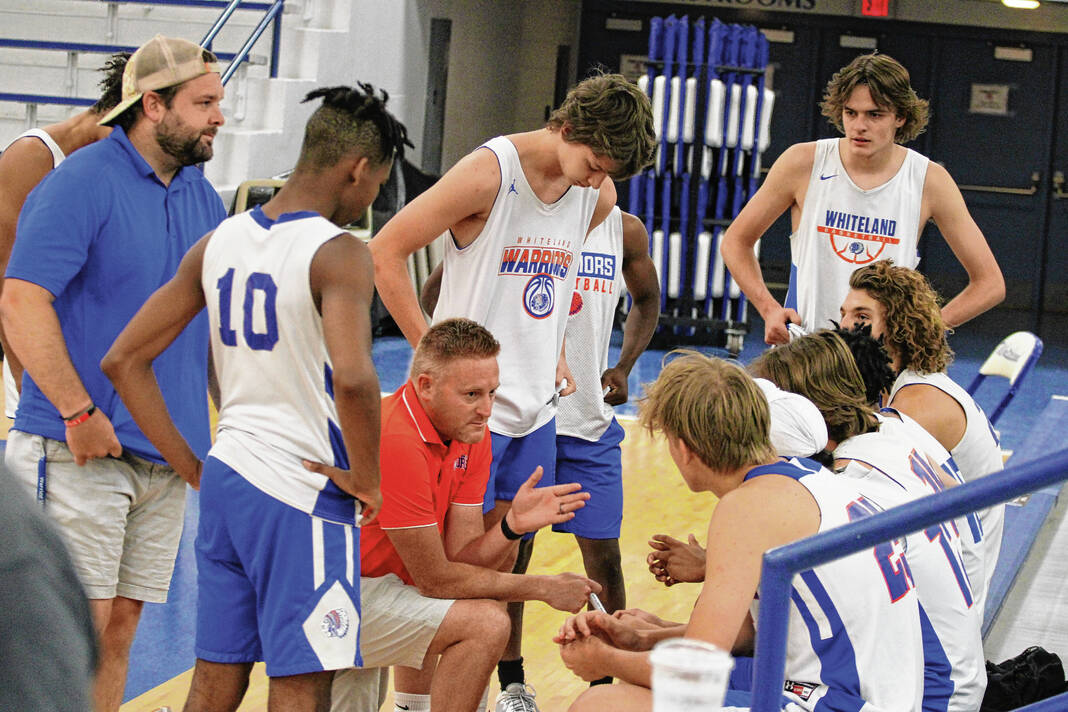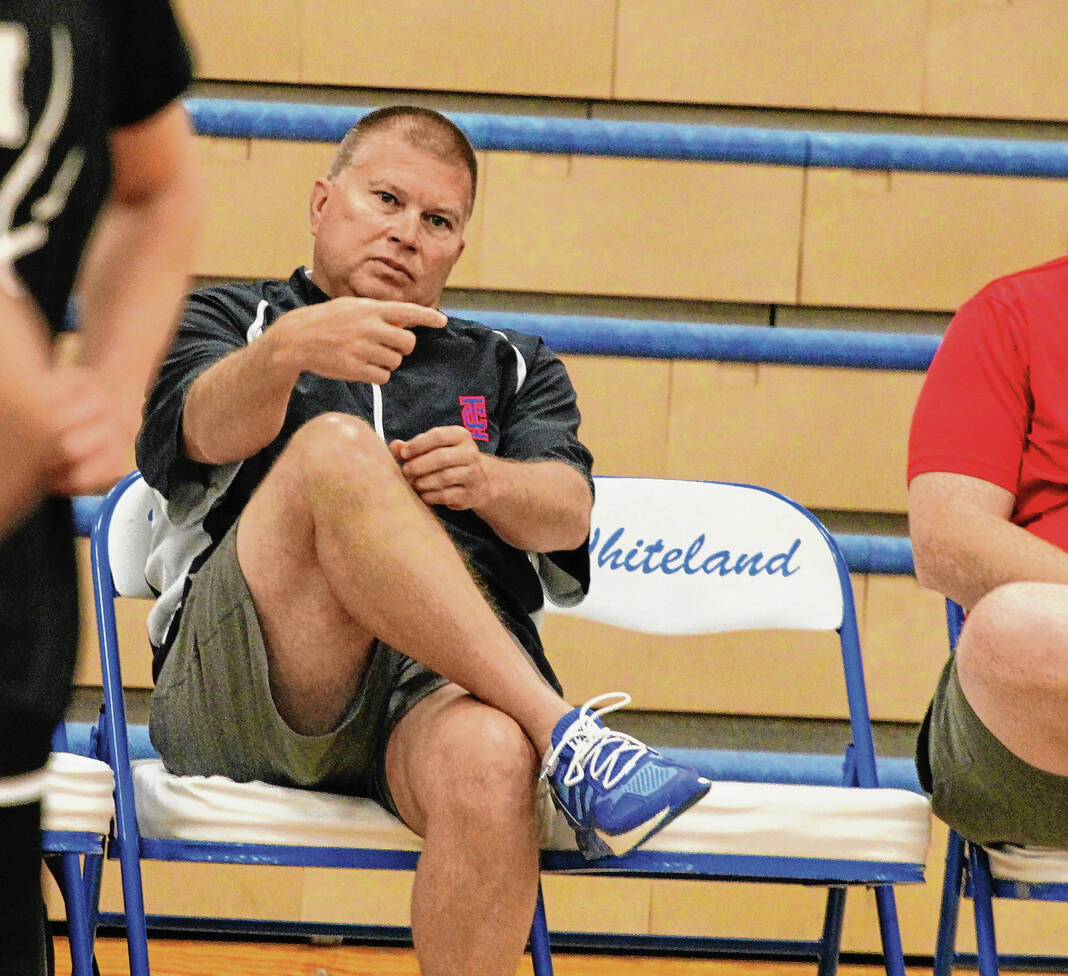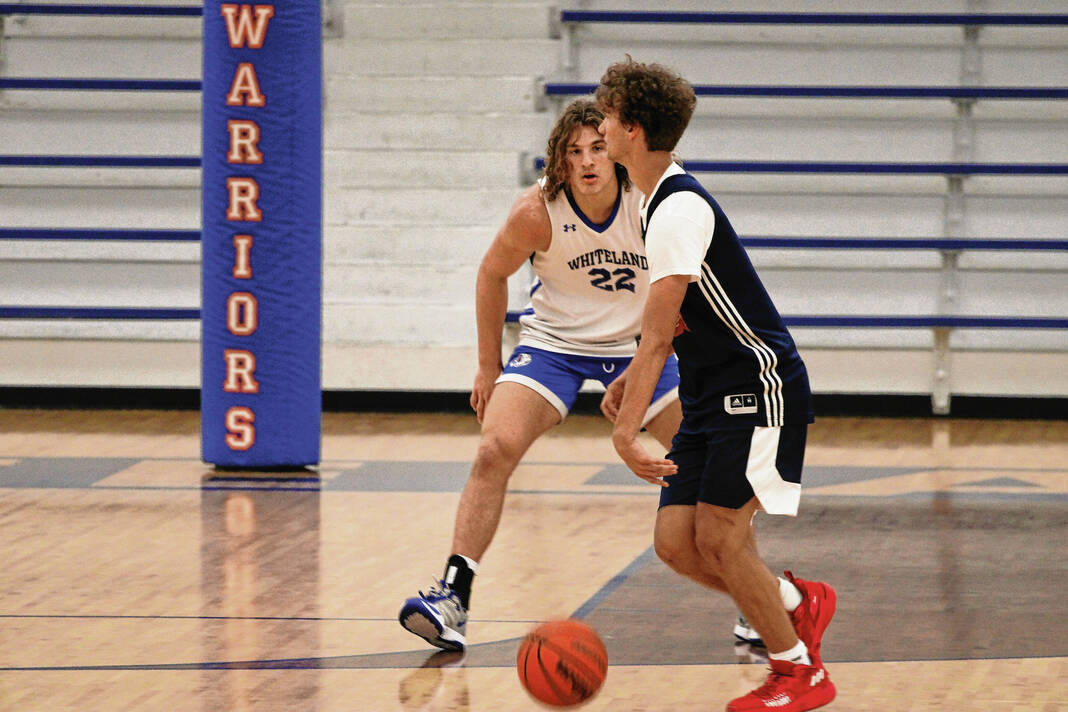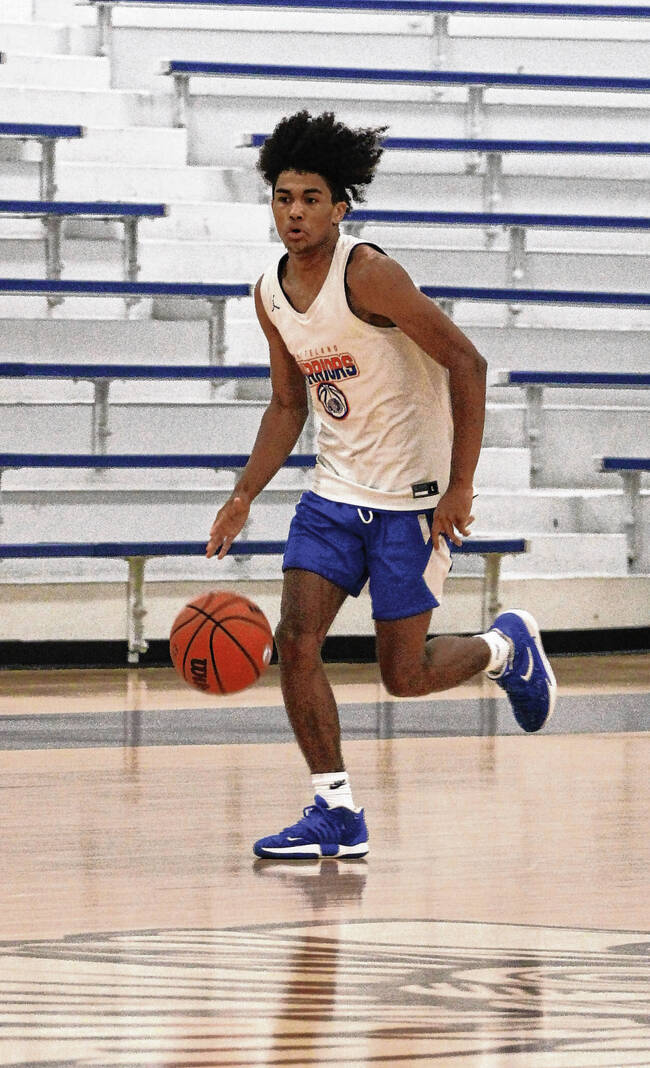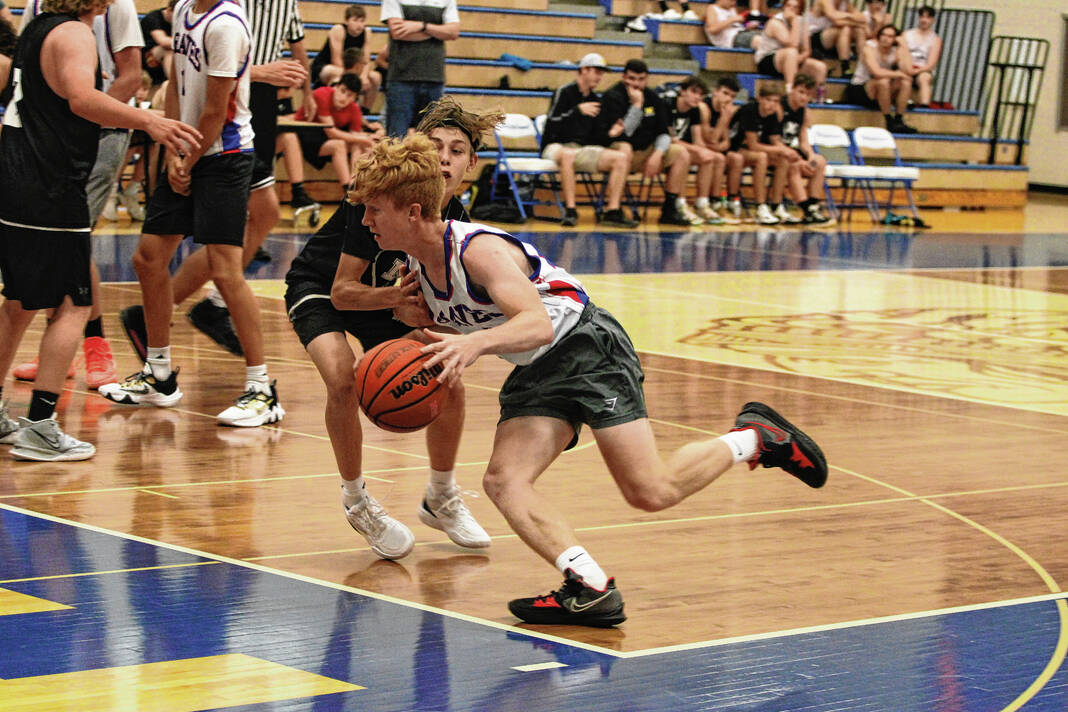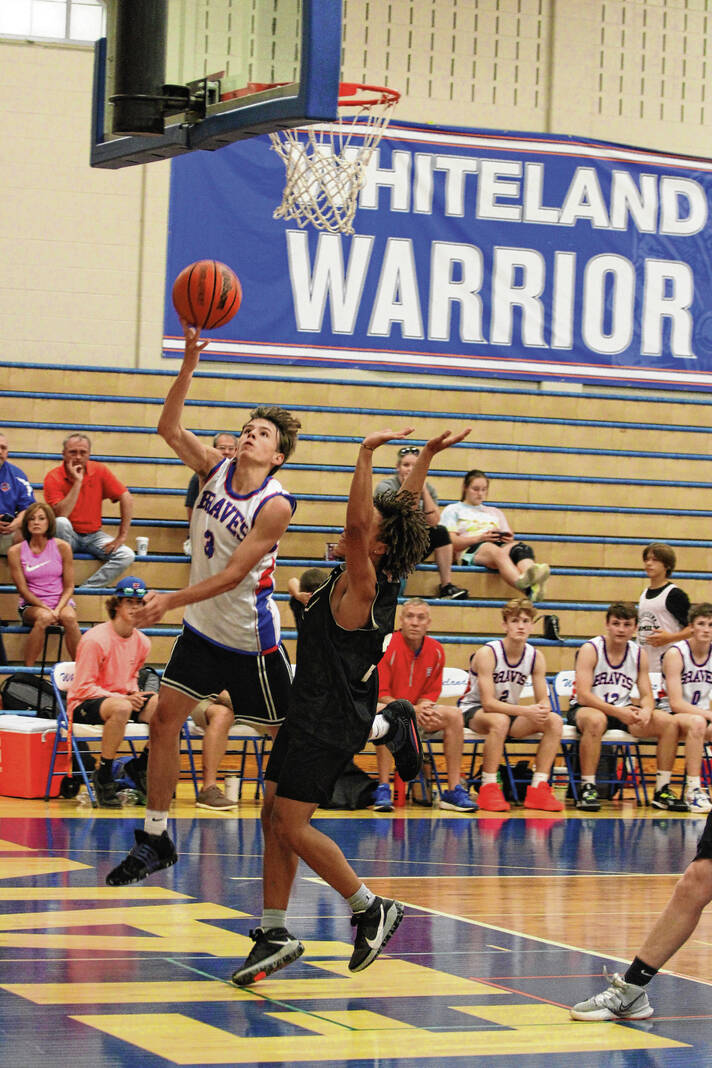With his team continuing to fall into a bigger hole during a game against Milan last week, Indian Creek boys basketball coach Drew Glentzer remained calm. A far cry from what you might see from the coach in the thick of late-winter competition, sure, but when it’s the first of three games on a Wednesday in early June, the mood is a bit more subdued.
“The yelling-at is not as serious as the yelling-at when you’re playing the first round of the sectional,” Glentzer said.
That doesn’t mean, however, that the games aren’t being taken seriously at all. Like most other sports, basketball has become a year-round undertaking, and the month of June is a high school coach’s lone window of opportunity in the offseason to see his team on the court against other teams in a competitive setting.
Teams conduct voluntary conditioning and skill workouts during the six-week limited contact periods in the spring (early April to mid-May) and fall (late August to mid-October), but the 10 days of competition that the IHSAA allows each team in the summer can tell a coach more about their prospects for next season than anything else does.
A series of summer leagues and tournaments allow schools to take full advantage of those 10 days; most varsity teams end up squeezing 30 or more games by playing three or four in each day.
“It’s huge for us, because it’s the only time that we get under the whistle,” Franklin coach Adrian Moss said. “We’re not going to be under the whistle again until the first game. …We lost three starters; we’ve got three new players in there that are going to start. So jelling those guys together is super important.”
Even for teams that bring back an established core of players, June offers an opportunity to integrate more inexperienced players into the rotation. For players looking to carve out a varsity role for the first time, it’s a chance to show they belong.
“The competition’s huge,” Whiteland coach Nate Cangany said. “We still practice three times a week on the court, and then we have strength and conditioning workouts three times a week, so those are important for us. But the competition piece is really big, because different faces are going to be in new roles. We’re going to get guys stepping up.
“We feel like we have six guys locked in, and then we feel like we have five guys that are competing for those last two spots off the bench. And we like … giving them opportunities. Sometimes you’re going to put them in a situation that might be crunch time, just to see how they react.”
Whiteland hosts a summer league on Wednesdays during the month of June, alternating between varsity and JV/freshman games each hour. Each game consists of two 18-minute halves with a running clock; most schools that host summer competition follow a similar format.
The major exception to that rule is the annual Charlie Hughes showcase tournament, which will take place next weekend in Carmel and Westfield. Games there will follow the traditional in-season format — eight-minute quarters with the usual clock stoppages.
More than 100 Indiana high school teams will take part in that event, including Center Grove, Franklin, Greenwood, Indian Creek and Whiteland.
As an added benefit, the showcase occurs during an open NCAA recruiting window, so numerous college coaches will be in attendance. For players looking to keep competing at the next level, it’s another chance to attract attention outside of the summer AAU circuit.
But more critically from a team standpoint, it’s an opportunity to build team chemistry — one that wasn’t there during the pandemic shutdown.
“I noticed, when the COVID years happened and we couldn’t do this — I noticed not having it a lot more,” Glentzer said.
Having the summer competition period back provides coaches with a much greater base of information that they can use to plan for the winter.
“Between the summer and the fall, I spend a lot of time analyzing what we saw from the summer,” Cangany said. “The rotations, what worked on defense, what worked on offense, what didn’t work, and making tweaks so that when we go into the fall, we can kind of build up to be ready for the season.”
“It really just gives us a chance to play together,” Whiteland senior Austin Willoughby added. “Some of us haven’t played together for a couple of years. Avery (Scifres) and D.J. (Helm), they’ve been playing JV, so I haven’t been able to actually play with them in a full game, probably, since eighth grade. So to play with them again, it’s better for the team, just putting us all together.”
The players welcome the opportunity to get out on the court and play some actual basketball instead of being limited to on-court drills or time in the weight room.
Not only is it more directly valuable in terms of development, but it’s far more enjoyable.
“It’s a lot more fun to go out and play with your friends and get more conditioning that way,” Indian Creek sophomore Landon Sichting said. “It’s not as fun running hills or in the weight room as much as it is getting the real experience.”
The summer games may not officially count for anything, so the approach might be somewhat different than it is come state tournament time next winter — but they’re still considered important nonetheless.
It’s still a limited block of time, and everyone wants to make the most of it.
“We’ve got way too much to work on, and I don’t feel like we have a whole lot of time,” Moss said. “So we’re going in.”


